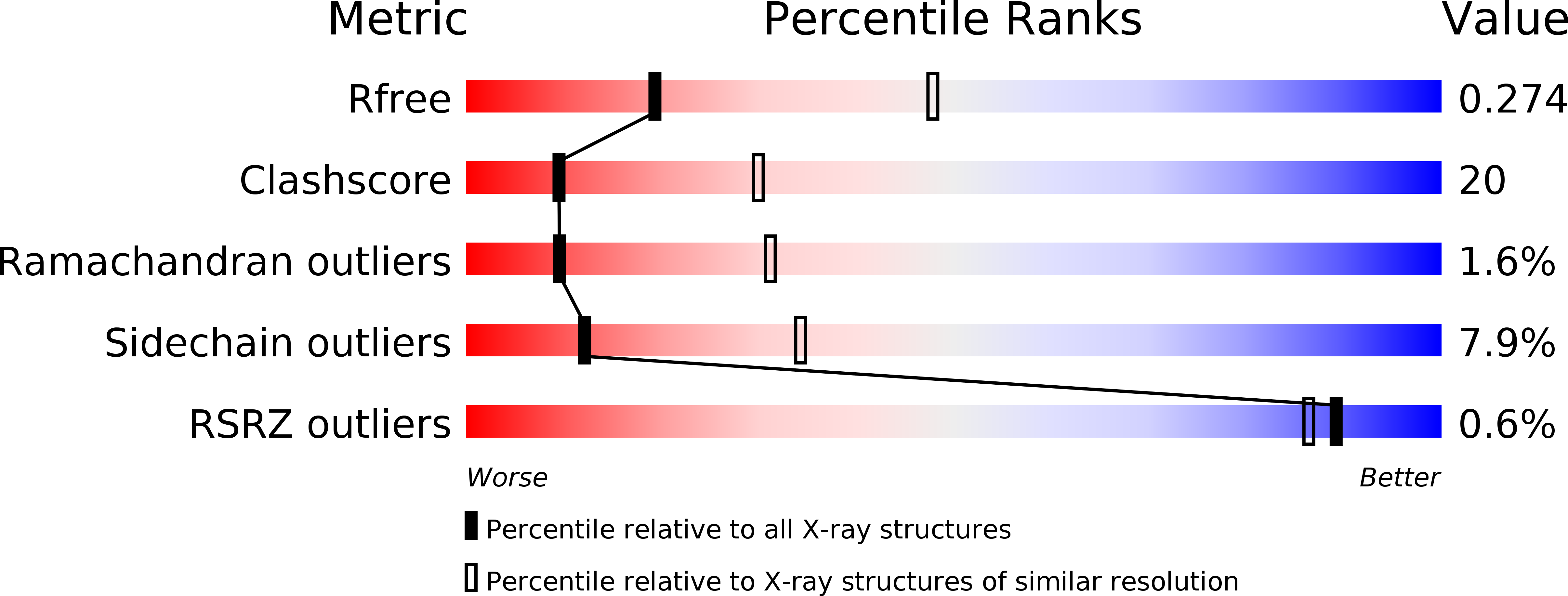
Deposition Date
1999-04-20
Release Date
1999-05-06
Last Version Date
2023-12-27
Entry Detail
PDB ID:
1CJ0
Keywords:
Title:
CRYSTAL STRUCTURE OF RABBIT CYTOSOLIC SERINE HYDROXYMETHYLTRANSFERASE AT 2.8 ANGSTROM RESOLUTION
Biological Source:
Source Organism:
Oryctolagus cuniculus (Taxon ID: 9986)
Host Organism:
Method Details:
Experimental Method:
Resolution:
2.80 Å
R-Value Free:
0.28
R-Value Work:
0.21
Space Group:
P 41 21 2


